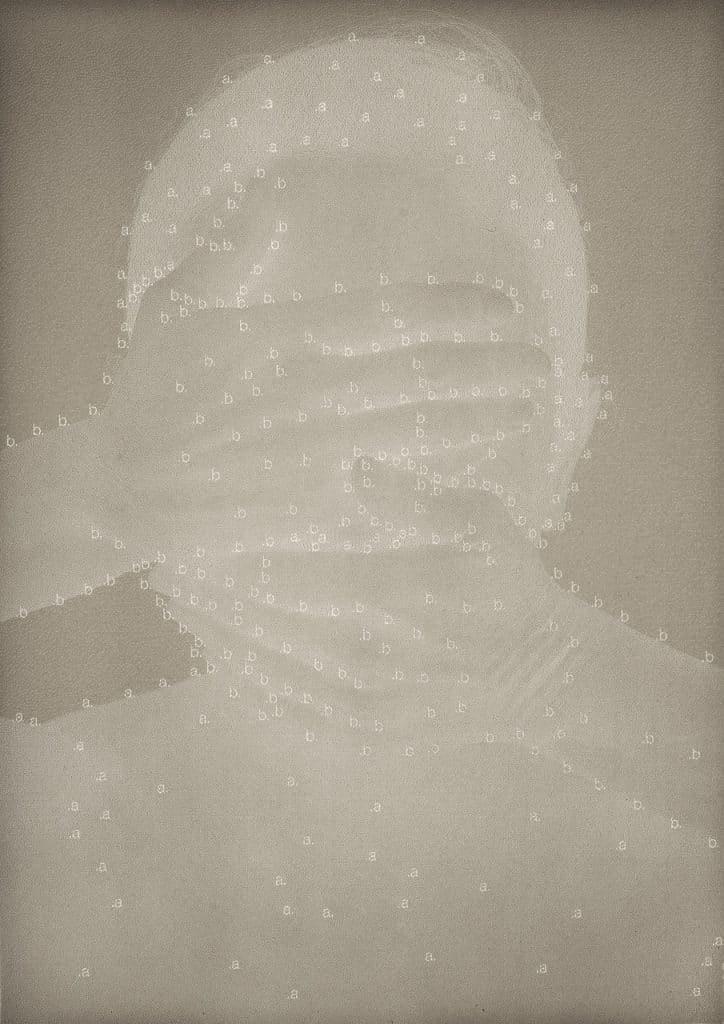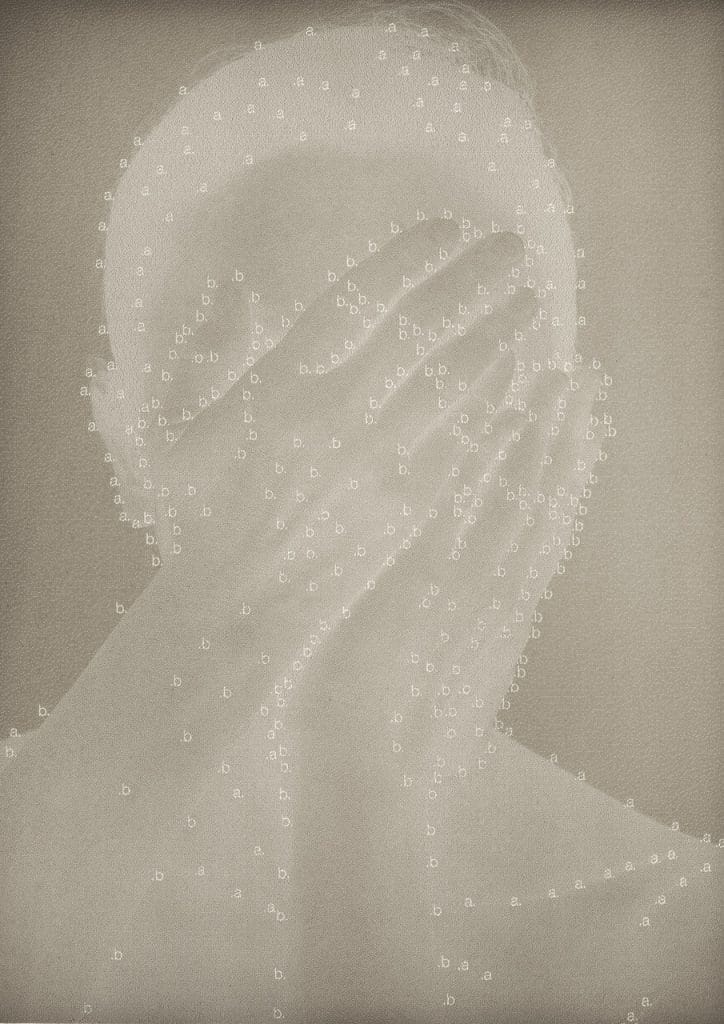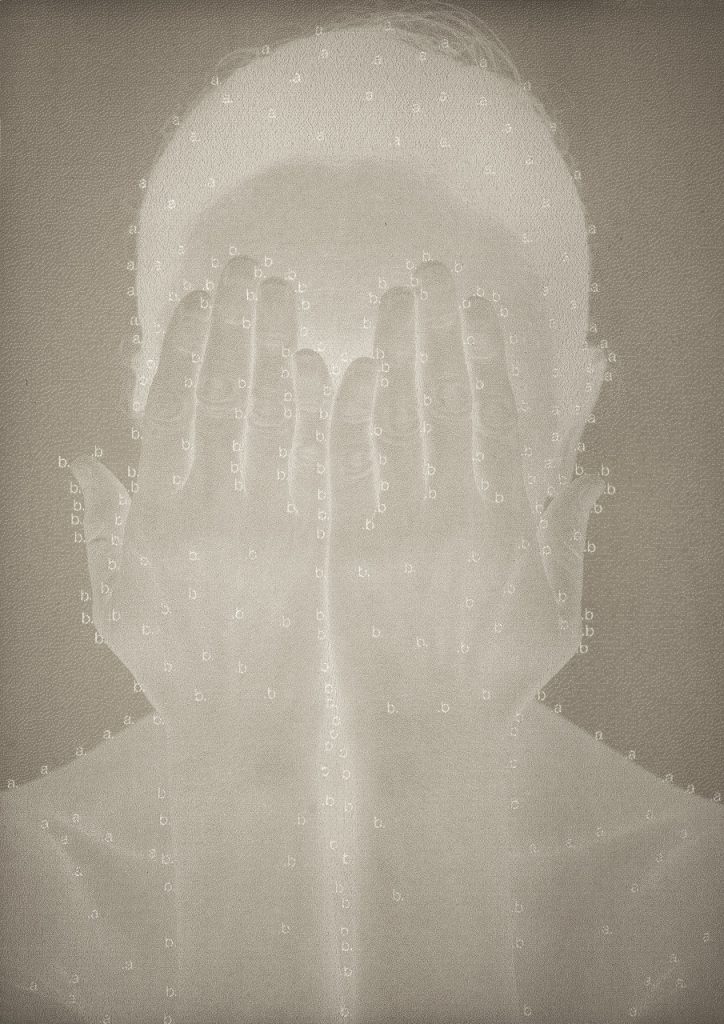FRANCE – PARIS
Looking into the eyes of the faces photographed by Laurent Lafolie gives us a very strange, indefinable sensation, an uncomfortable je ne sais quoi. A vain attempt, in fact, since it proves impossible to fix these elusive gazes. And for good reason: they don’t belong to anyone, or rather, they are the sum of multiple gazes. Created by superimposing hundreds of faces photographed in camera via an analogue screen capture, these “faces” seem to disintegrate, disappear as they appear to us, or metamorphose, a little like the unfathomable Mona Lisa: “Reaching the universality of the face by diffracting it into an infinity of other possibilities” is, in fact, according to Marguerite Pilven, curator of the exhibition, the “paradoxical quest” pursued by the artist who, to highlight the ambiguity of the photographic image suspended between presence and absence, plays with its materiality with audacity and dexterity. For example, her prints enamelled with platinum and palladium enamels on white porcelain plates give the ghostly faces she captures a presence, a “physicality” that is all the more disturbing for being fake…
LITHOPHANIES
It is similar to “question […] the medium of appearance that is the photographic medium “1 that Laurent Lafolie’s UN series uses pigment printing on silk threads to make his faces appear. “By weaving faces with a single dyed silk thread, passed up and down a frame […], the artist creates a weft that alternates between full and empty spaces. In this way, he attenuates the opposition between presence and absence, so powerfully felt when faced with the representation of a human figure” 1. In his lithophanes, it is light which, passing through a thin engraved porcelain plate, reveals the faces. These faces are hidden by the interplay of hands, as if to signal to the viewer the need for “another perception of the image”, and to encourage him or her to “search for his or her own image” 2.

© Laurent Lafolie

If his twenty-panel work, produced by printing pigments on engraved photopolymer plates and washi sheets, belongs to the landscape register, it proceeds from this same research: entitled L’Origine des images, this composition “also calls on the viewer to produce his own synthesis, thus escaping the fixity of the single point of view.” 1
- Marguerite Pilven, exhibition curator
- Quotes from the artist taken from an interview conducted on October 6, 2016, by Anne-Frédérique Fer available as a podcast on France Fine Art (revue.francefineart.com)
STÉPHANIE DULOUT
On view until July 29
Galerie Binôme
19, rue Charlemagne, Paris IV

